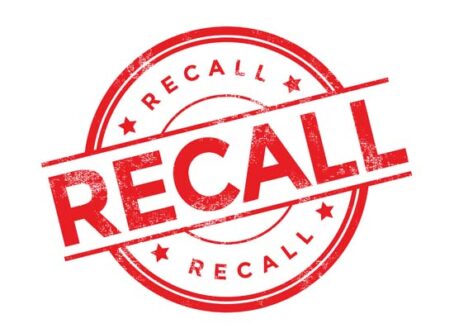Developments in electric vehicles, hydrogen power
Advances are being made in electric vehicles and other low-emission commercial vehicles. Here are some of the latest developments.
Schneider to test Freightliner Cascadia electric vehicles
Schneider National Inc., Green Bay, Wis., will take part in the all-electric Freightliner Customer Experience Fleet, according to a news release.
The CX Fleet is a Daimler Trucks North America initiative to test commercial electric vehicle development in real-world applications.
Schneider will test the eCascadia, a Class 8 electricity-powered tractor, to detect and address potential challenges to the widespread use of commercial battery electric vehicles. Schneider will monitor and provide feedback on:
The best freight characteristics and areas of operation for the vehicle’s charge range.
Charging requirements to help maximize the duty cycle.
Facility modifications needed to accommodate electric trucks.
Data and observations will be provided to Freightliner to help the company improve on future electric vehicle design.
Schneider expects to deploy the eCascadia soon and to continue testing through next summer.
Volvo LIGHTS helps win charging system approval
Volvo Trucks North America, Greensboro, N.C., has helped win approval in North America for use of a connector used in electric vehicles abroad.
The effort is part of the Volvo LIGHTS (Low Impact Green Heavy Transport Solutions) project. The goal is to develop a blueprint to successfully introduce battery-electric trucks and equipment into the market at scale. Taking place in Southern California, Volvo LIGHTS is demonstrating a range of strategies to provide flexible and cost-effective charging options to commercial fleet operators.
REMA EV Connections, a German connector provider with U.S. headquarters in Fountain Inn, S.C., has secured UL certification for its Combined Charging System CCS2 connector, according to a Volvo news release. The CCS2 connector has been in use in Europe, Australia, South America, Africa and Asia. In North America, the company’s Combined Charging System CCS1 connector has been used.
The UL certification verifies that fast-charging CCS2 connectors meet North American safety standards. It expands the list of approved charging options for electric vehicle fleet infrastructure programs.
“The CCS2 UL-certification will give fleets more charging options and greater flexibility for integrating battery-electric vehicles into their fleets in a very nascent marketspace,” Keith Brandis, vice president of partnerships and strategic solutions at Volvo Group, said in the news release. “As part of the innovative Volvo LIGHTS project, our team was happy to collaborate with ABB and REMA to accelerate the UL certification of the CCS2 connector, which will be used to charge Volvo’s pilot VNR Electric trucks.”
The Combined Charging System joins AC and DC charging into a single port on the vehicle. The CCS1 and CCS2 connectors primarily differ with the type of AC charging. The CCS1 is designed for single-phase AC charging, while the CCS2 enables three-phase AC charging.
The Volvo LIGHTS project was made possible by an award to South Coast Air Quality Management District from California Air Resources Board. It is part of a statewide initiative using billions of cap-and-trade dollars to reduce greenhouse gas emissions.
The Volvo Group was awarded a $45.6 million contract to design and implement the project. Volvo and its partners have promised no less than $45.7 million matching contribution.
Cummins provides hydrogen-producing equipment to public utility
Cummins Inc. is providing equipment to a public utility in Washington state to produce hydrogen from renewable energy.
Columbus, Ind.-based diesel engine manufacturer Cummins has been developing its hydrogen and fuel cell technologies. Cummins uses fuel cell and hydrogen technologies to power transit buses, semitrucks, delivery trucks, refuse trucks and passenger trains.
Cummins will provide a 5-megawatt PEM electrolyzer to the Douglas County Public Utility District. The Cummins electrolyzer will be dedicated to producing hydrogen from renewable energy. It will be the largest, as well as first of its kind in use by a public utility, in the United States, according to a news release. It is expected to be operational in 2021.
The new renewable hydrogen facility will allow the Douglas County PUD to manufacture commercial hydrogen by harvesting hydrogen from water from Wells Dam on the Columbia River.
The hydrogen can then be stored in a gas or liquid state to be used in a multitude of applications, including fuel cell electric mobility. The electrolyzer is powered by clean hydroelectricity, so the production of hydrogen does not generate any carbon emissions.









